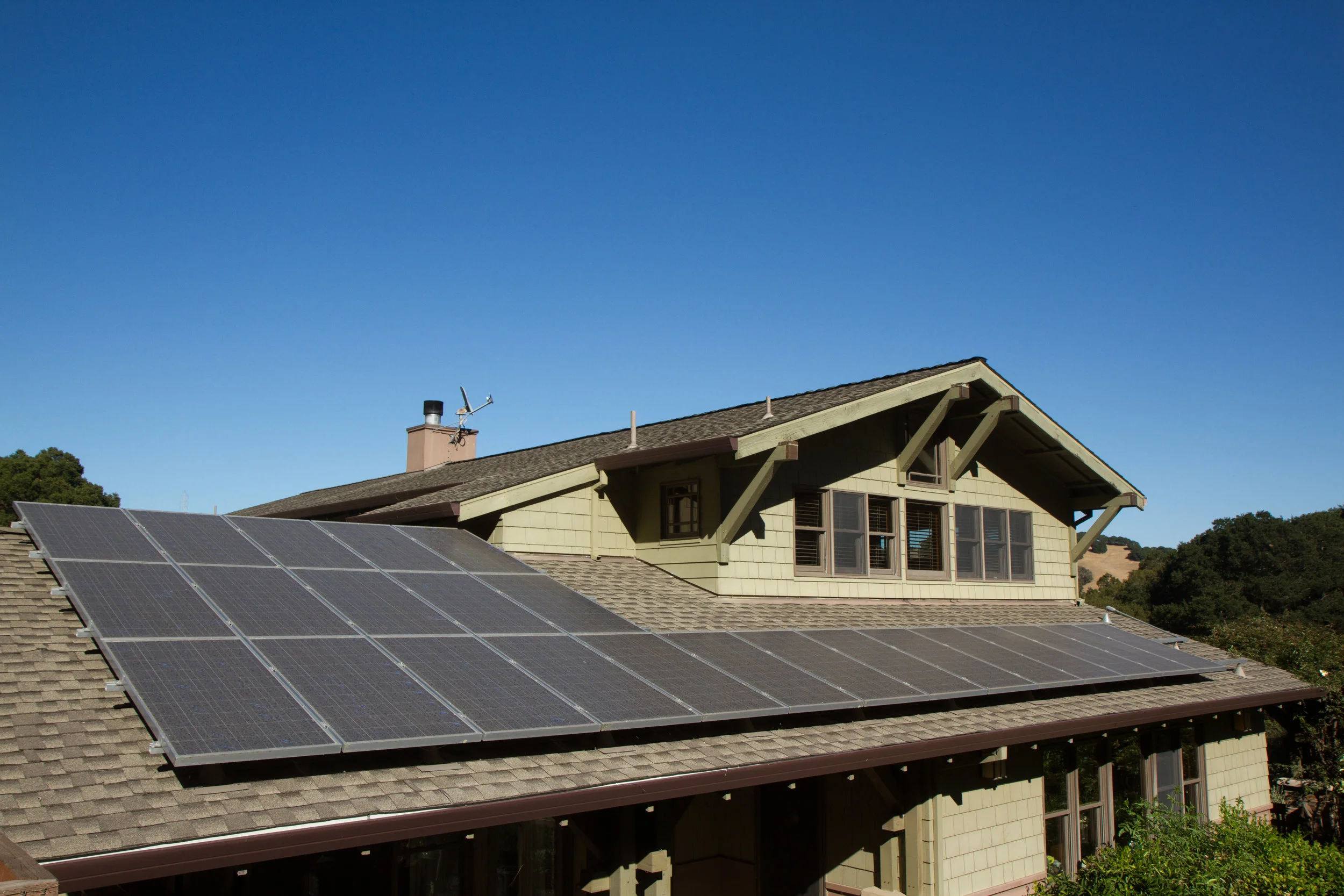When Oregon Governor Kate Brown signed Executive Order 17-20 in the fall of 2017, she set Oregon on the path to addressing climate change by ramping up efficiency in Oregon’s buildings. Addressing building efficiency is a critical climate action strategy as commercial and residential structures account for 40% of carbon globally. Her order calls for a number of specific actions including that Oregon should “establish an aggressive timeline to achieve net zero energy ready buildings as a standard practice in buildings across the state.” Zero energy (ZE) buildings are highly efficient and only consume as much energy as is produced through onsite renewables (usually solar panels) over the course of a year. Zero energy ready buildings have efficiencies on par with ZE projects, but don’t yet have sufficient onsite renewables.
A new and growing coalition has formed to help accelerate the pace of change and support making the Governor’s order a reality. The Zero Energy Ready Oregon (ZERO) Coalition is working to create the market conditions and regulatory framework for every newly constructed or significantly renovated building in Oregon to meet the state’s envisioned zero energy or zero energy ready standards. The coalition includes nonprofit, local government, and industry allies with the shared goal of reducing carbon emissions from the operation of commercial and residential buildings. The group is also intent on ensuring that the energy saving and resiliency benefits of low-energy buildings are enjoyed equitably by all Oregonians including those living in disadvantaged communities who often lag in traditional efficiency program participation. Organizing members include energy and environmental leaders such as NBI, Earth Advantage, Climate Solutions, the International Living Future Institute and the Northwest Energy Coalition, among others.
Specifically, the order mandates increasing energy efficiency in residential and commercial new construction through code improvements every three years. Codes will be an important strategy and particularly effective in Oregon since the studies have shown a compliance rate of 97%. It also acknowledges the importance of state leadership-by-example in making buildings carbon neutral by influencing the numerous properties that the state owns and manages to reduce their energy use and carbon footprint, and encouraging other portfolio owners and citizens to do the same. The executive order sets objectives for increasing energy efficiency in existing buildings and affordable housing throughout the state. In addition to the climate action benefits, greatly improving the energy efficiency of new buildings will also cut consumer energy bills dramatically (estimates are that Oregon business and consumers currently save $32 million a year in energy costs through efficiency), improve air quality, create jobs, and ensure more comfortable homes and workplaces.
Gov. Brown’s order puts Oregon in the company of other states, such as California and New York, leading the battle against climate change. It also puts Oregon’s economy at an advantage as it grows investments in clean tech innovation that can be exported to other states and even countries as effects of a warming planet drive more urgent action. Oregon is well positioned to deliver on that according to a 2016 Fast Company assessment that listed it as the fourth best state for a clean tech economy (www.fastcompany.com/3059853/the-best-states-and-cities-for-the-clean-tech-economy). The ZERO Coalition aims to help realize the full potential of that opportunity by promoting proven, cost-effective ways to reduce energy use and the resulting carbon pollution, while stoking a new clean energy market that creates jobs and improves livability for all Oregonians.
Stacey Hobart
Director of Communications & Development


